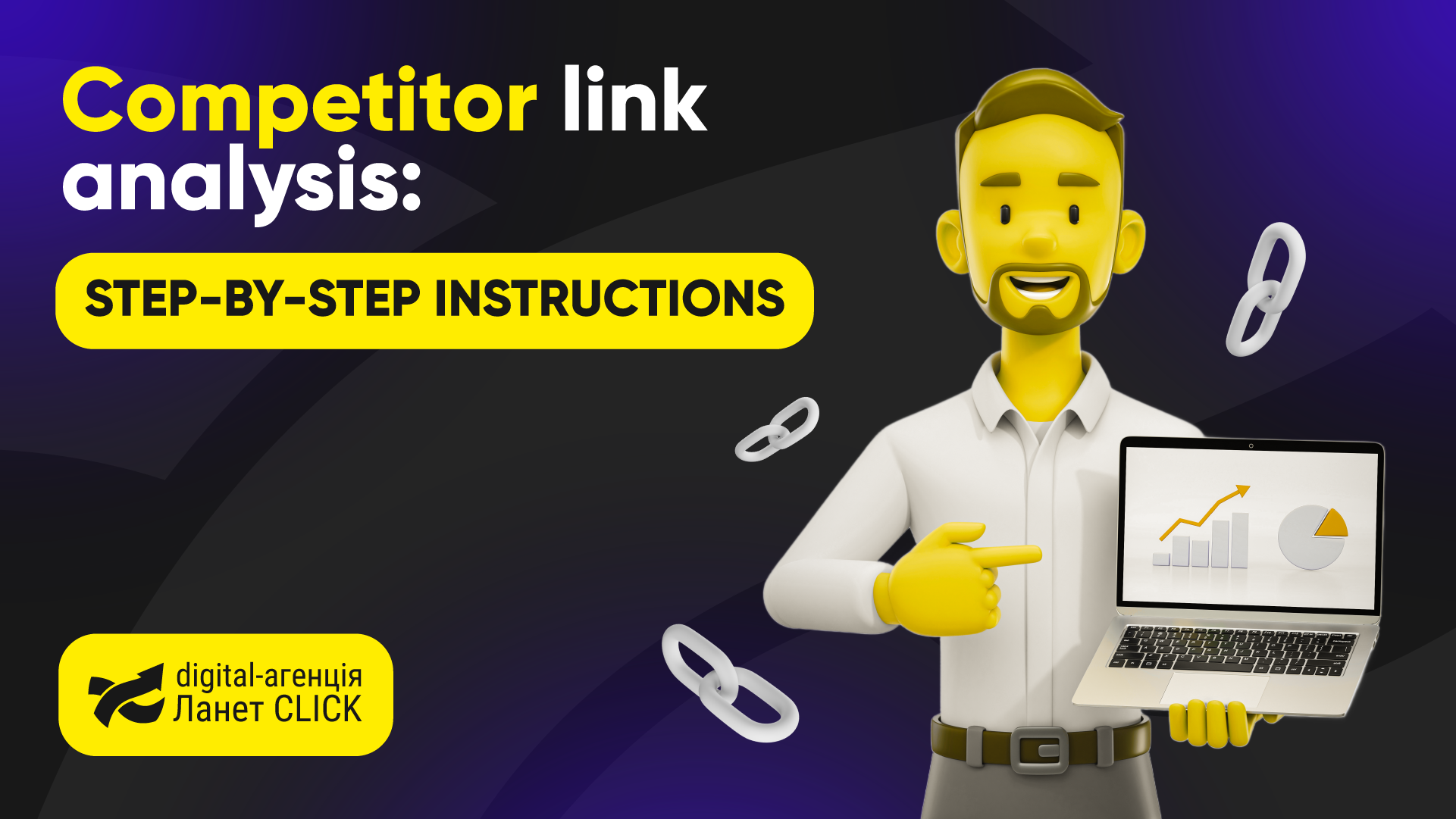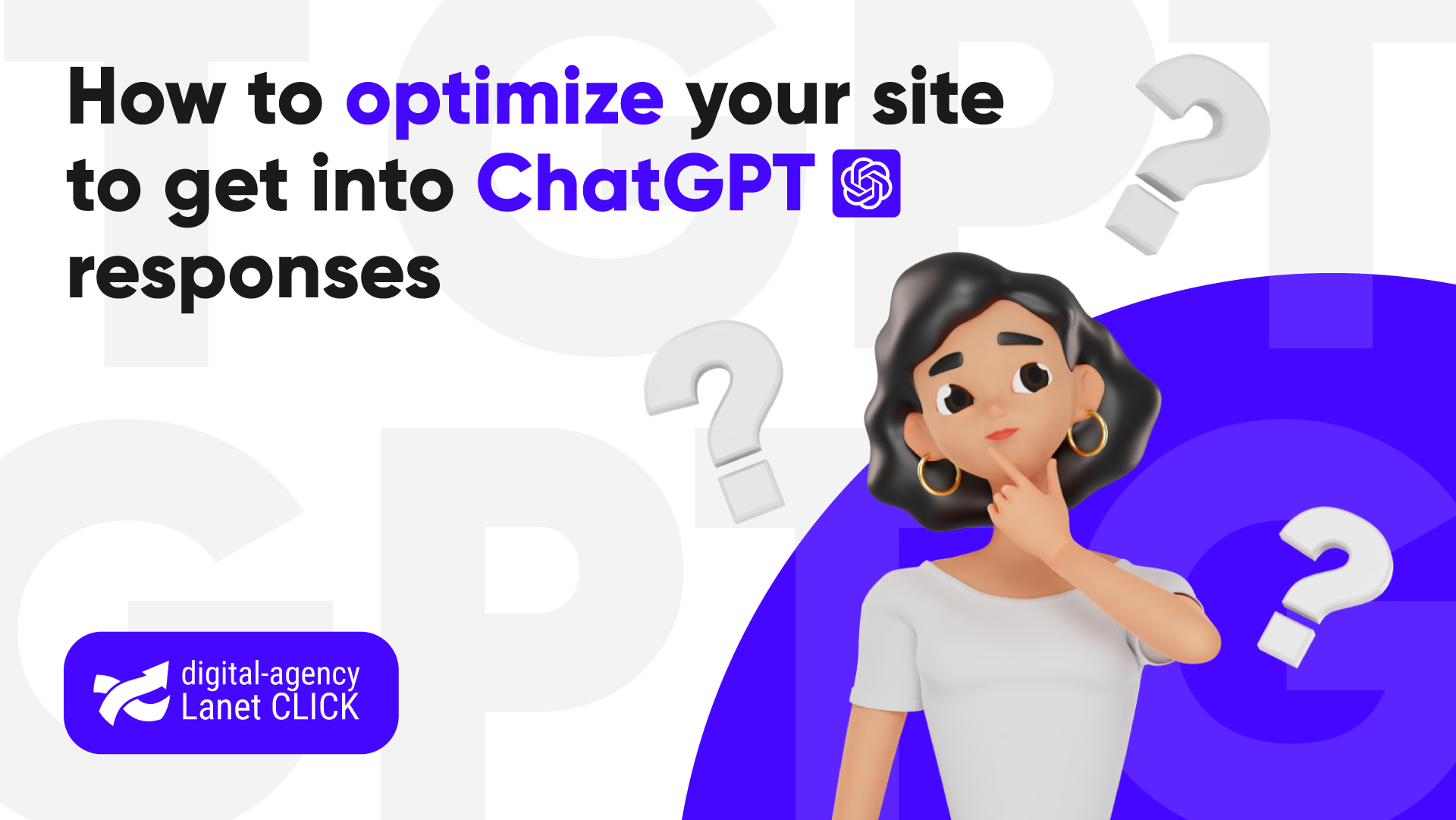
Lanet CLICK entered the TOP-8 digital agencies of Ukraine according to the Ringostat 2025 rating
Lanet CLICK was included in the list of the best digital agencies in Ukraine according to the Ringostat 2025 rating […]


Optimization of Google Ads should be carried out constantly, both during the testing period and during its management. In this way, it is easier to detect errors and find points that bring direct losses.
Optimizing your advertising campaign is the key to the success of your business. After all, it will help:
But how to properly optimize advertising? Let’s consider ten effective ways to optimize advertising on the Internet.
Combine similar phrases into groups. It makes it very easy to analyze statistics and work out semantics. If grouping by content is not enough, try to analyze the semantics by the occurrence of words.
For campaigns that are already running on a one-phrase-one-group basis, use this method:
If you are getting targeted traffic but still not converting, try excluding some audiences. For example, the company is engaged in selling and installing the smart home system. It is logical to assume that people renting accommodation are unlikely to apply for the installation of such a system so that they can be turned off either directly in Google Ads (formerly known as Adwords) or through deep keyword analysis and the use of negative keywords.
Relevance is one of the indicators that affect the cost of a click. The higher it is, the lower the CPC. It happens because search networks want to be useful to the user. When they see that the page title doesn’t match the search query, the ad is classified as bad. Therefore, to optimize contextual advertising, try to experiment with headings, simplifying them. And don’t forget to check if you can increase the relevancy of your headlines by mentioning a keyword phrase.
In addition to the extensions the user prepares, Google Ads creates its own extensions. Imagine you’re promoting sweets and highlighting Cookies, Candies, and Cakes in your additional links. What does Google do? For example, Google sees that the site is about food, so instead of your links, it will show its links, selected based on other sections of the site, for example, “Chocolate”, “Pieties”, and “Varenyky”.
But before you disable the extension, consider two points:
The click-through rate is another metric that can help you lower your cost-per-click. For insurance, add different variants of texts or second headings to the ad.
When working with headlines, we also recommend that you familiarize yourself with the following recommendations:
Constant analysis of search queries allows you to identify queries that do not generate traffic. Key queries with incomplete wording are also subject to cleaning. They often have very high competition due to their generalization but bring very little traffic.
Automatic strategies are in many ways more useful for optimization because, at the moment of the auction, they calculate the probability of conversion based on many signals:
In this way, the system assigns an individual bid at the time of the auction. In the case of manual control, the specialist can’t take into account all the criteria, so he concentrates on the accumulated statistics and sets a single rate for all users.
Don’t forget to check where you can cut costs and lower rates by making adjustments based on the following criteria:
General campaign statistics can show how effective they are. If you see that the overall results are pretty low, there is no point in gathering statistics for each key or group of keys. It is better to disable the campaign immediately and redirect the received budget to more effective campaigns.
The Search Partners Network is a network of Google partner sites where your ads may appear. Whether to include search partners or not is an individual matter. If you previously disabled them, try enabling them. Or turn it off if it has been on for a long time.
When contextual advertising does not live up to expectations, you should not immediately turn to optimization. Before proceeding to any optimization actions, it is necessary to conduct an audit of contextual advertising. It makes it easier to see if there are errors, correct them, and then the optimization of Google Ads advertising in Ukraine will bring the desired results.

Lanet CLICK was included in the list of the best digital agencies in Ukraine according to the Ringostat 2025 rating […]

For a site to rank high in search results, it is important to work not only with content and technical […]

Artificial intelligence has already changed the rules of the game in search engines. Users are increasingly turning to ChatGPT and […]
A good strategy, perfectly selected digital tools, and their effective application will allow the business to increase profits, grow the customer base, and form recognition and loyalty. Do you want something like that? Contact us.
You have taken the first step towards effective online marketing. Our managers will contact you and consult you soon.